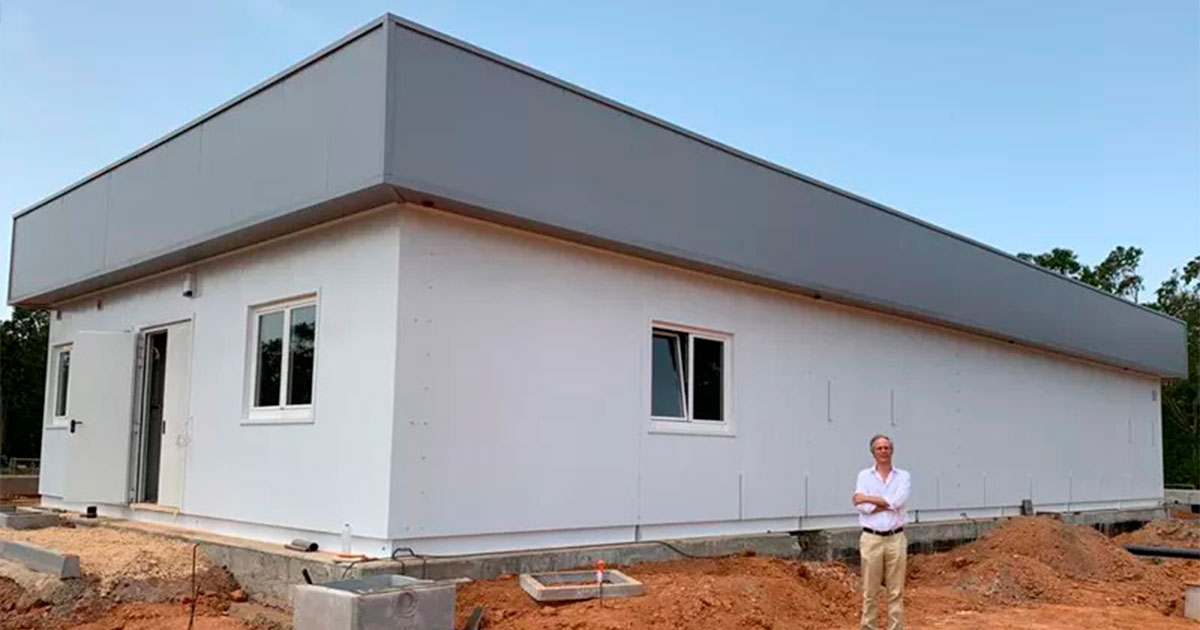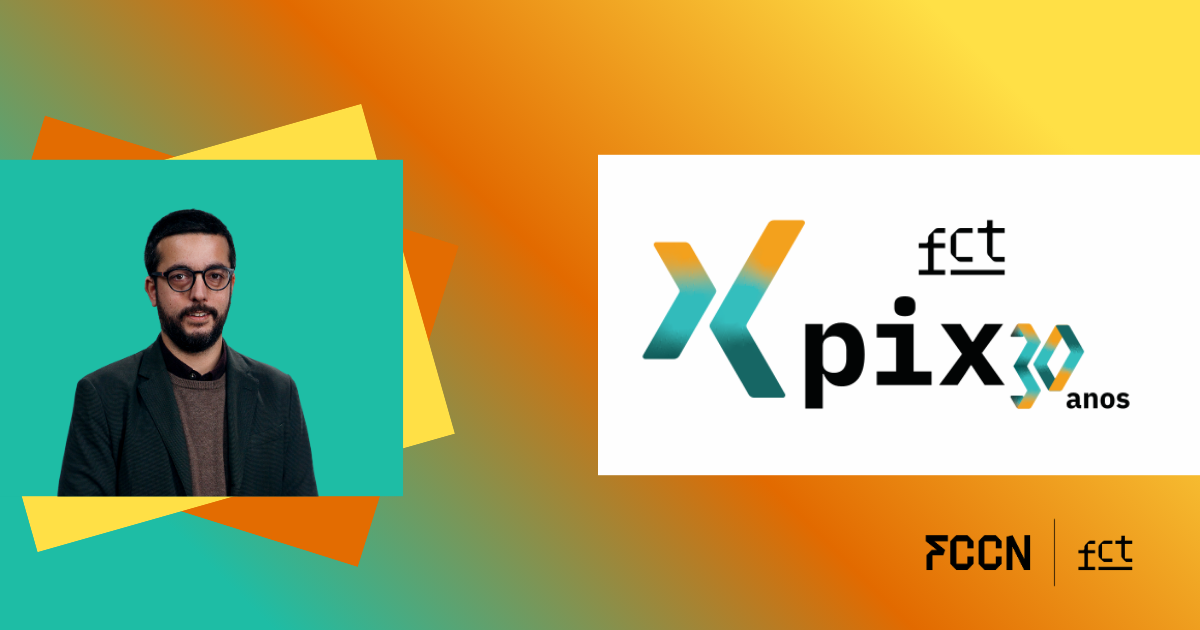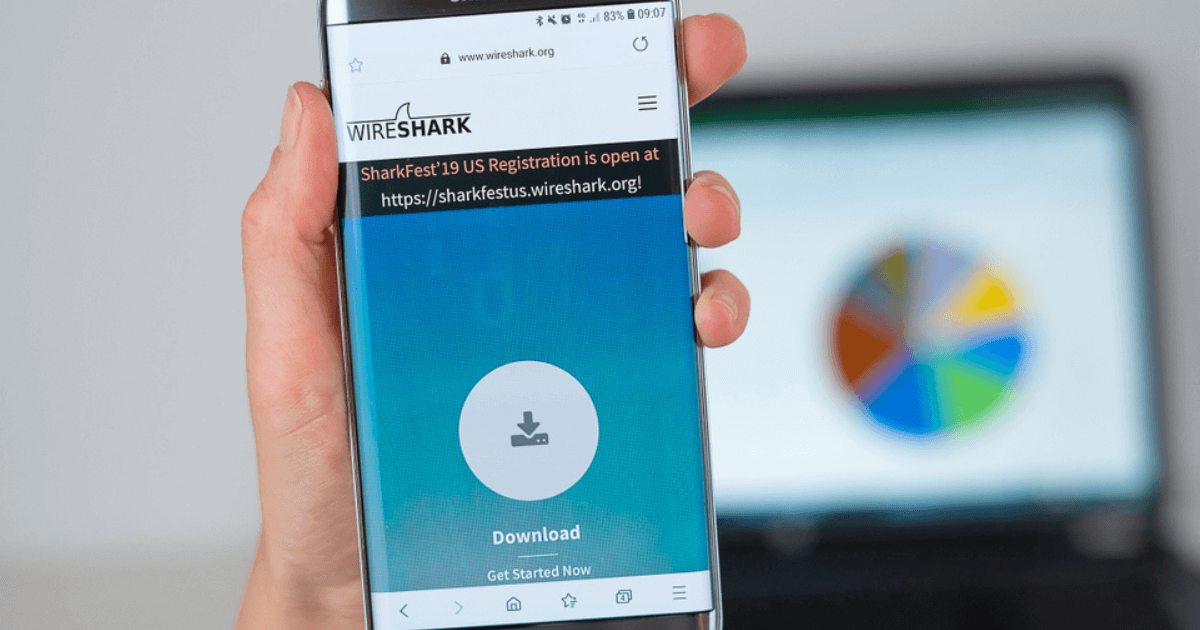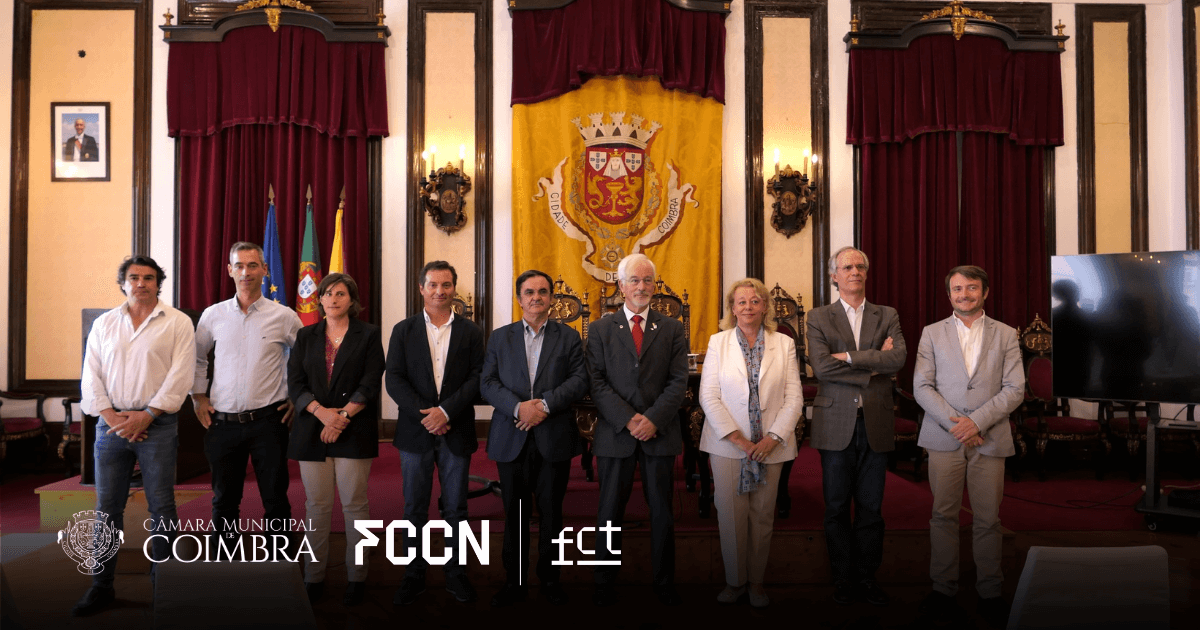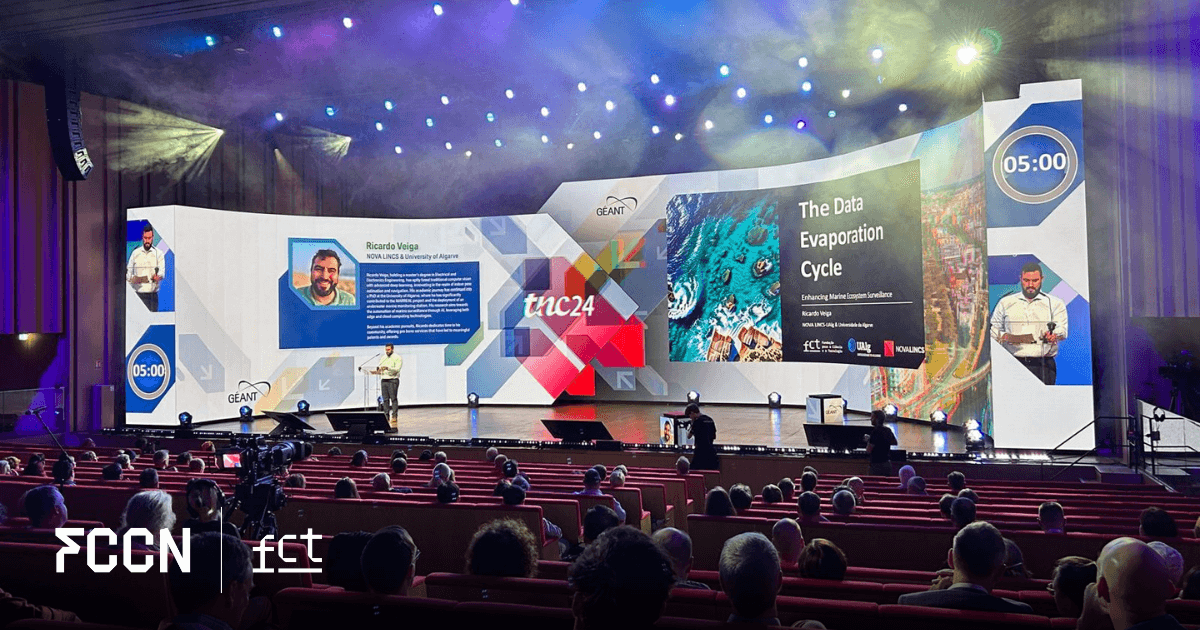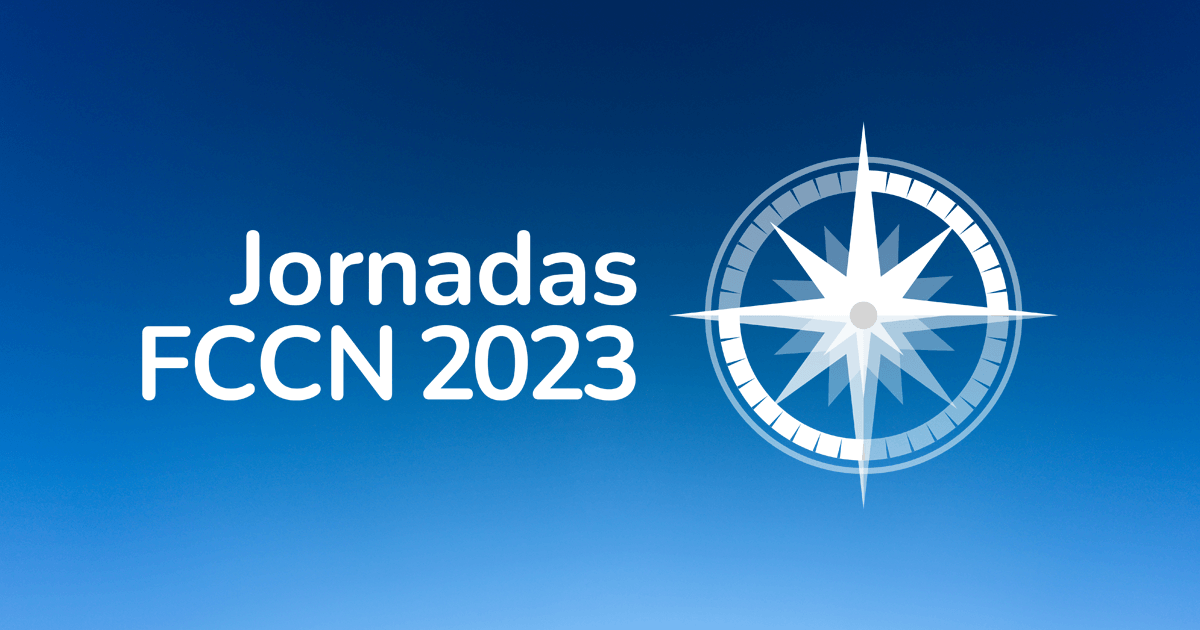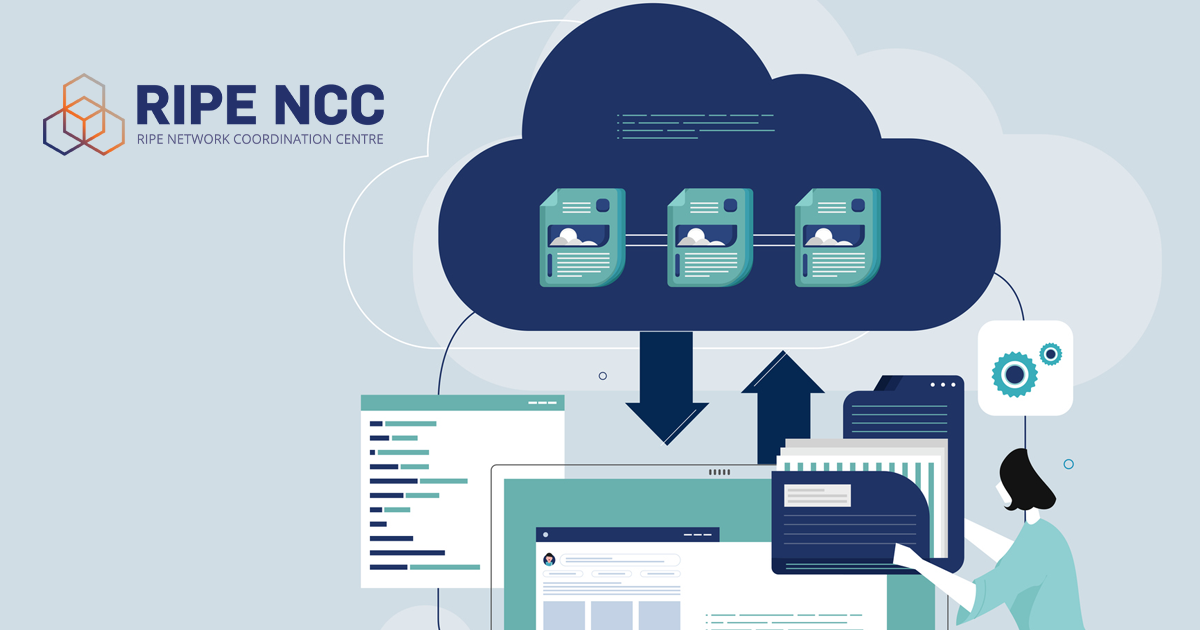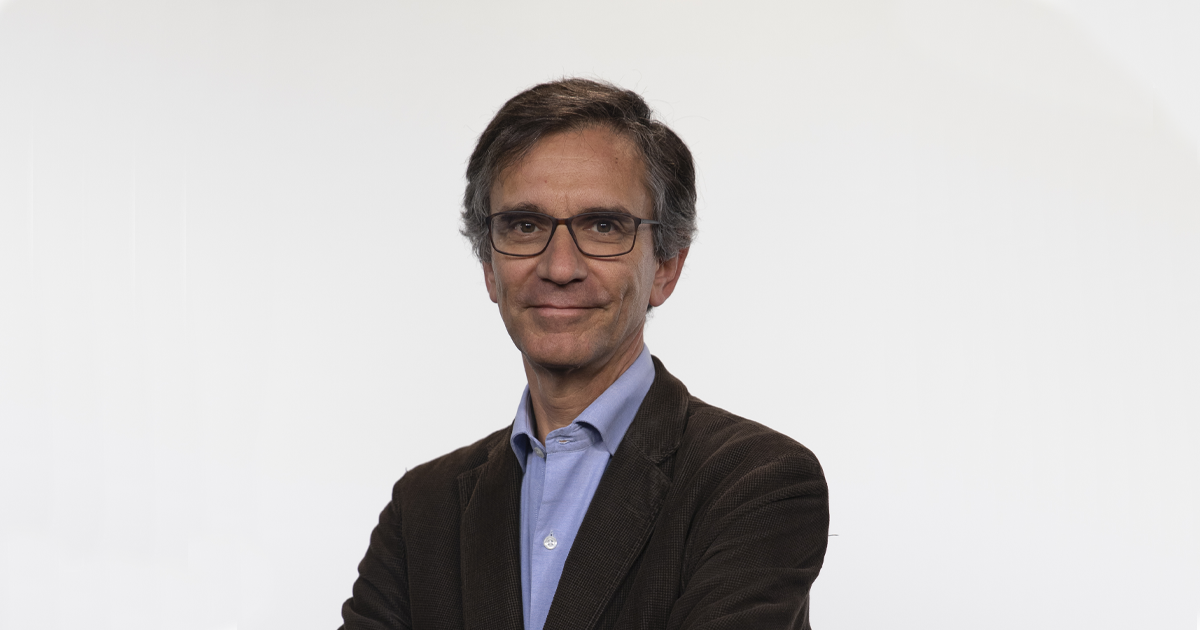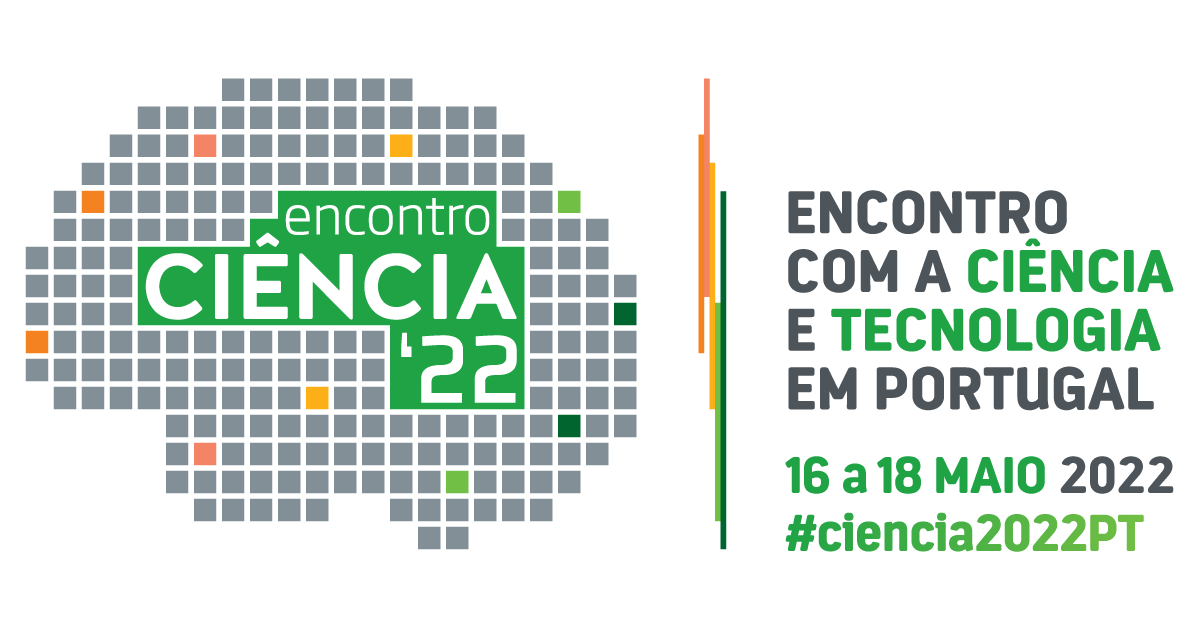General Coordinator of the FCCN Unit of the FCT – Foundation for Science and Technology, João Nuno Ferreira, visited the Sines station, intended to host the EllaLink submarine cable, and revealed some details about this structure.
THE BELLA project (Building the Europe Link with Latin America) will connect the European and Latin American research communities through the installation of a state-of-the-art submarine cable, directly between the two regions. This structure's entry point into Europe will be through Sines, which will thus host the landing station of EllaLink cable.
This is an initiative co-financed by the European Union, with the FCCN Unit, as NREN – National Research and Education Network – or Portuguese Education and Research Network, is part of the Consortium that leads this project and is formed by the Regional Academic Networks – GÉANT (Europe) and RedCLARA (Latin America) and by the counterpart NRENs of Brazil, Chile, Colombia, Ecuador, France, Germany, Italy and Spain.
The installation station for this submarine cable, in Sines, is currently under construction. The FCCN Unit visited this facility in early July, represented by its General Coordinator, João Nuno Ferreira, who shares his impressions of the visit.
What first impressions did you get from the visit?
I really enjoyed the visit and Diego Matas (Chief Operations Officer – EllaLink) was an excellent host. I was guided through the construction and got the impression that the work is progressing well and that the station is almost ready.
What stage is the project at on site?
Currently, work is focused primarily on installing support equipment. The cable installation station is the first structure in the Sines Industrial and Logistics Zone, allowing EllaLink to expand, and other industrial tenants can apply for nearby subdivisions if they so desire.
Can you give more details about how the drill pipe that connects the beach to the place where the cable is placed on the seabed is constructed?
A special "directional drilling" machine was used to construct the horizontal directional drilling pipe. Drilling will begin 300 meters offshore, in a small plateau, and will then end on the seabed approximately 300 meters from the coastline.
Does this drill pipe start at the Installation Station?
This drill pipe doesn't start at the station. The station is almost 2 km inland. A trench was built to run the cable between the installation station and the start of the drill pipe.
And what steps have been taken to safeguard the marine protected area next to the station?
The project coordinators emphasized that Portuguese authorities have been very demanding regarding a series of issues related to environmental protection, both on land and at sea. This is especially true because the Sines Industrial and Logistics Zone borders a protected area. The environmental protection authority was present on site to monitor the targeted drilling work. Furthermore, at the station itself, several measures were taken to prevent and manage any potential fuel spills.
What are the advantages of choosing drill pipe?
Drill pipe turns out to be the best solution, as it reduces the impact on the area near the coast. Finally, since Sines has been a port for centuries, the cable-laying process must avoid sinking vessels, so the national archaeological authority was also involved.
